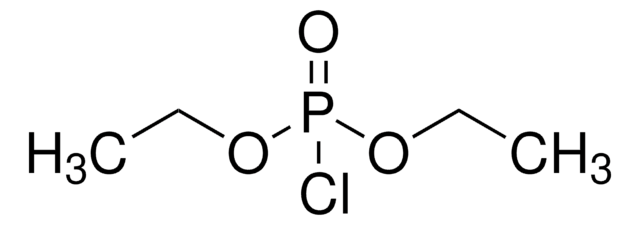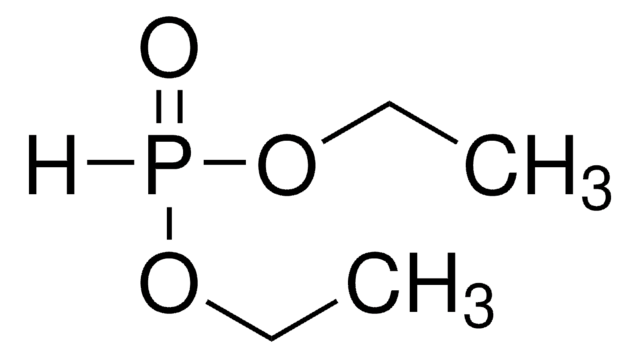추천 제품
양식
nanopowder
표면적
29 m2/g
입자 크기
<50 nm (TEM)
응용 분야
battery manufacturing
SMILES string
[Cu]=O
InChI
1S/Cu.O
InChI key
QPLDLSVMHZLSFG-UHFFFAOYSA-N
유사한 제품을 찾으십니까? 방문 제품 비교 안내
일반 설명
Copper oxides (Cu2O, CuO) are p-type semiconductor materials with small band gap energy. High physical and chemical stability of metal oxide nanoparticles renders them extremely useful in catalytic applications.The structures of the compounds are monoclinic. Nanoscaled copper oxide compounds can be prepared by thermal plasma technology. A study reports its antimicrobial properties.
애플리케이션
Toxicity of copper oxide nanoparticles was reported. Cu2O has been used in coating Cu nanoparticles (Cu2O NPs). Copper oxide nanoparticles has been reported to be used as an anode material for lithium ion cells and as gas sensors on account of it high surface reactivity. Hollow Cu2O NPs has been used in the preparation of nucleosides and as a catalyst in azide-alkyne cycloadditions by other groups. CuO NPs may be used as a catalyst for CSe, CTe, and CS bond formation and synthesis of 2-aminobenzothiazole. Molecular responses of mouse macrophages to CuO and Cu2O NPs were studied.
신호어
Warning
유해 및 위험 성명서
예방조치 성명서
Hazard Classifications
Aquatic Acute 1 - Aquatic Chronic 1
Storage Class Code
13 - Non Combustible Solids
WGK
WGK 3
Flash Point (°F)
Not applicable
Flash Point (°C)
Not applicable
개인 보호 장비
dust mask type N95 (US), Eyeshields, Faceshields, Gloves
이미 열람한 고객
Characterisation of copper oxide nanoparticles for antimicrobial applications.
Ren G, et al.
International Journal of Antimicrobial Agents, 33(6), 587-590 (2009)
Ji Chan Park et al.
Chemical communications (Cambridge, England), 48(68), 8484-8486 (2012-05-05)
ZnO-CuO core-branch hybrid nanoparticles, synthesized by copper oxide growth and controlled oxidation on ZnO nanospheres, exhibited remarkable enhancement of catalytic activity and stability for ultrasound-assisted [3+2] azide-alkyne cycloaddition reactions, due to their high surface area and active facets of the
Hui He et al.
International journal of nanomedicine, 15, 3291-3302 (2020-06-05)
Inhaled nanoparticles can cross pulmonary air-blood barrier into circulation and cause vascular endothelial injury and progression of cardiovascular disease. However, the molecular mechanism underlying the vascular toxicity of copper oxide nanoparticles (CuONPs) remains unclear. We have recently demonstrated that the
Hyunje Woo et al.
Molecules (Basel, Switzerland), 17(11), 13235-13253 (2012-11-08)
Recent developments in the synthesis of CuO nanoparticles (NPs) and their application to the [3+2] cycloaddition of azides with terminal alkynes are reviewed. With respect to the importance of click chemistry, CuO hollow NPs, CuO hollow NPs on acetylene black
Analysis of cellular responses of macrophages to zinc ions and zinc oxide nanoparticles: a combined targeted and proteomic approach
Triboulet S, et al.
arXiv, 1407-1407 (2014)
자사의 과학자팀은 생명 과학, 재료 과학, 화학 합성, 크로마토그래피, 분석 및 기타 많은 영역을 포함한 모든 과학 분야에 경험이 있습니다..
고객지원팀으로 연락바랍니다.









